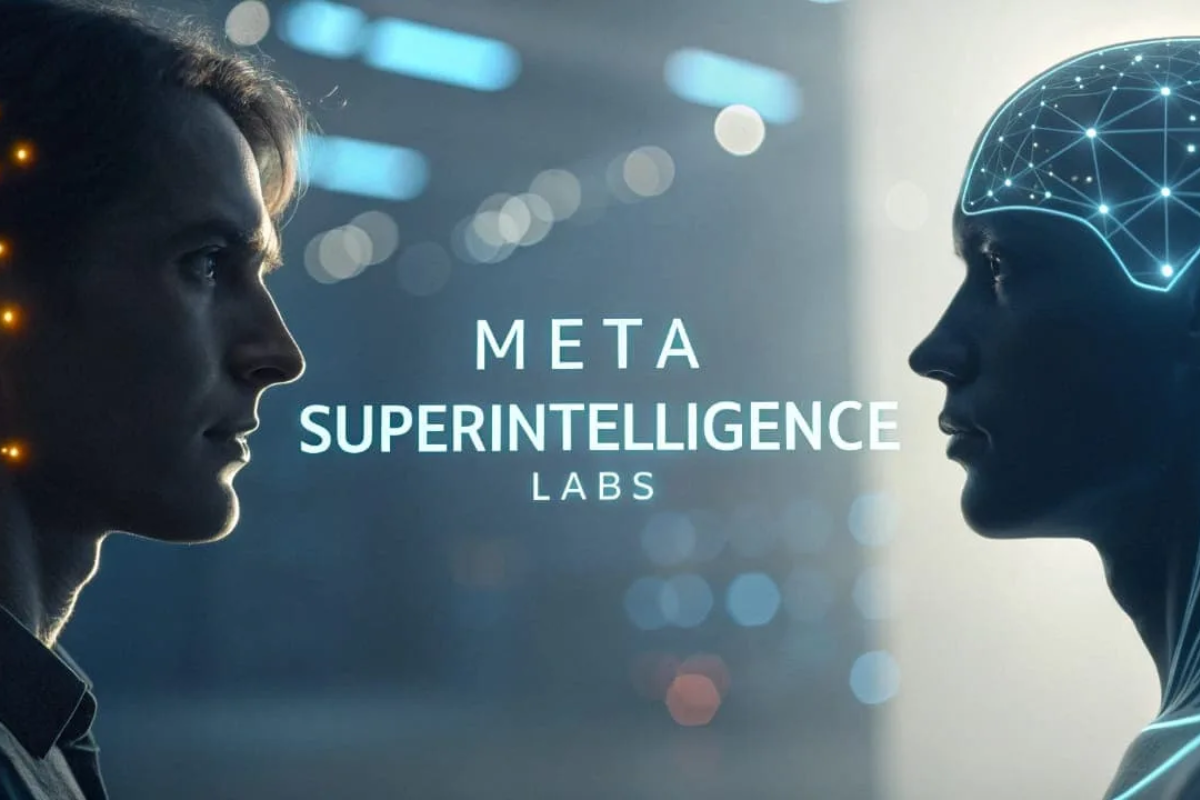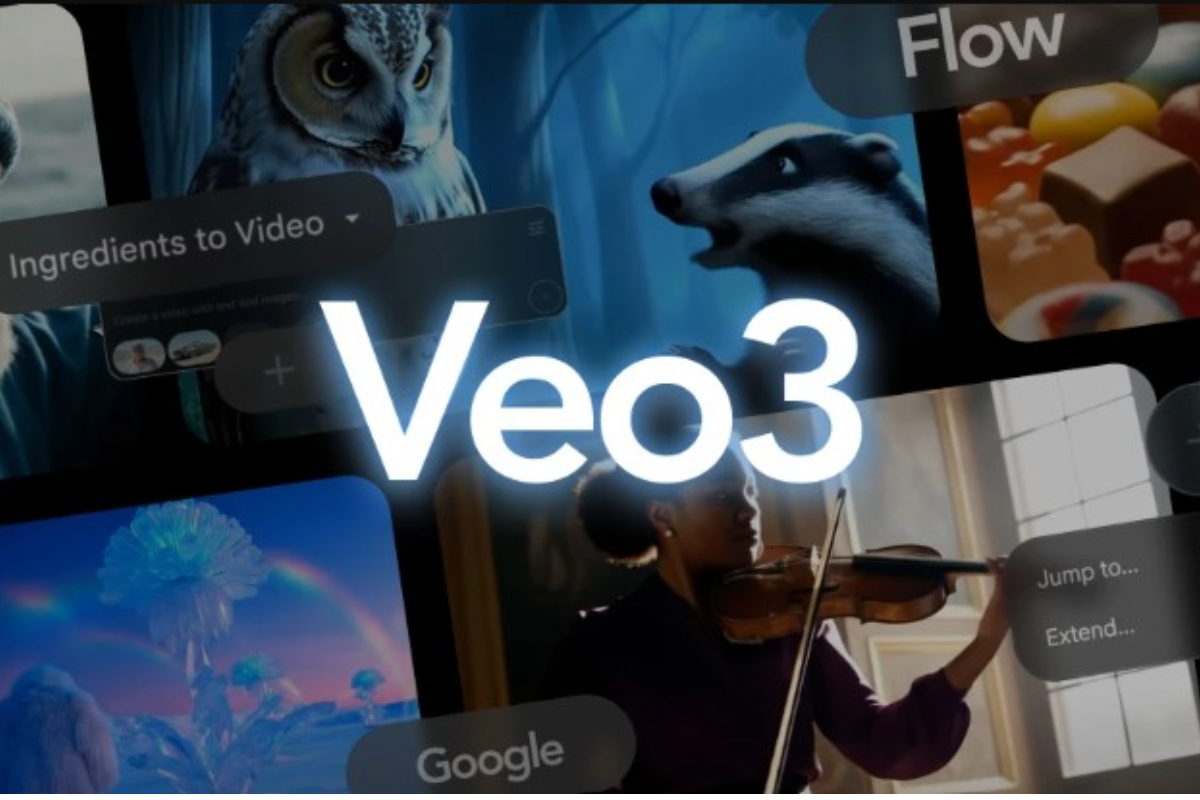Harnessing AI to reshape higher education with thoughtful, impactful, and purposeful innovation.
Artificial Intelligence is no longer a futuristic buzzword—it’s a foundational pillar reshaping higher education from the ground up. In 2025, colleges and universities are racing to integrate AI in ways that go beyond automation. The mission? To transform the learning experience, optimize operations, and humanize education in the age of machines.
But here’s the catch: the integration of AI into academia can either widen the education gap or bridge it—depending entirely on how we choose to deploy it.
Let’s break down how AI is reinventing the education ecosystem, where it’s delivering the most impact, and what academic institutions must prioritize to stay ahead.
How AI Is Changing the Way We Learn and Communicate
The modern university isn’t just adopting AI—it’s being rebuilt around it.
Today’s students don’t just attend lectures. They interact with intelligent systems that provide personalized study materials, real-time feedback, and multilingual transcription. The shift is monumental: education is no longer confined to textbooks or traditional classrooms—AI is enabling context-aware, hyper-accessible, always-on learning environments.

Core Features Reshaping Communication in Education:
- AI-powered lecture transcription and translation allow students to learn across time zones and languages.
- Smart chatbots and virtual teaching assistants handle academic inquiries instantly.
- AI-indexed lecture recordings make content review fast, accurate, and effortless.
- Simulations and real-time Q&A engines adapt to individual learning preferences, promoting inclusivity and engagement.
These tools aren’t just enhancing convenience they’re redefining the student experience. Still, the challenge remains: how do institutions maintain authentic connection and spontaneous collaboration in a tech-optimized ecosystem?
The Role of Ethics and Equity in AI-Powered Learning
Technology without ethics is a recipe for inequality. AI systems are only as fair as the data they’re trained on which often reflects existing biases. From automated grading to AI-generated content, higher education must confront pressing questions:
- How do we ensure fair and unbiased student assessment?
- Who owns AI-generated academic work?
- Can automation coexist with meaningful faculty-student relationships?
Institutions must implement clear AI governance frameworks, emphasizing transparency, equity, and accountability. Faculty must not be sidelined they must be at the forefront of crafting how AI integrates into pedagogy.

AI Behind the Scenes: Operational Transformation in Higher Ed
AI’s biggest wins often happen in the background. University administrators and faculty are using AI to reduce friction, increase responsiveness, and free up time for high-value work.
Where AI is Driving Measurable Efficiency:
- Auto-generated lesson plans and content outlines support rapid curriculum development.
- Intelligent inbox assistants and FAQ bots manage student communications around the clock.
- AI scheduling and document summarization tools streamline daily workflows for faculty and staff.
- Student success platforms use machine learning to flag at-risk students early, enabling timely intervention.
This kind of support is especially powerful for remote learners, nontraditional students, and institutions managing large-scale operations.
But remember—efficiency should never replace empathy. Automation must serve humanity, not override it. Academic integrity and student support should always come first.
From Automation to Augmentation: Real-World Use Cases of AI in Education
These AI features aren’t experimental—they’re active and evolving today:
- Lecture recaps powered by AI help students revisit key takeaways with zero friction.
- Smart whiteboard tools turn brainstorming sessions into organized frameworks.
- In-class AI assistants allow students to ask questions discreetly without disrupting the flow.
- Study aid generators turn lecture content into customized quizzes and review prompts.
This shift from static content delivery to dynamic learning ecosystems is transforming how knowledge is consumed, retained, and applied.
4 Key Strategies for Effective AI Integration in Academia
To unlock the full potential of AI, higher education leaders should focus on these strategic pillars:
1. Faculty Empowerment
Provide AI tools that streamline content creation, communications, and lesson planning—freeing educators to focus on research, mentorship, and impact.
2. Personalized Learning at Scale
Adaptive learning platforms tailor content to each student’s needs and progress, enhancing outcomes and boosting retention.
3. Data-Driven Decision Making
AI-powered analytics guide institutional planning—from student success strategies to budget optimization and beyond.
4. Digital and AI Literacy
Equip students and staff with the knowledge to use AI ethically, creatively, and effectively—establishing long-term digital fluency.
Spotlight: Zoom Workplace for Education
One standout platform leading this transformation is Zoom Workplace for Education. Designed for modern academic ecosystems, it fuses AI functionality with communication, scheduling, and collaboration tools into one seamless interface.
Features That Matter:
- Zoom AI Companion helps generate notes, lecture summaries, and quizzes in real time.
- Zoom Team Chat enables ongoing collaboration and instant feedback.
- Zoom Scheduler makes it easy to coordinate office hours and mentoring.
- Zoom Docs supports centralized academic content management.
- Zoom Contact Center unifies support services—from IT and housing to financial aid—into one smart hub.
This isn’t just a Zoom rebrand it’s a full campus enablement tool that empowers educators and learners alike.

Final Take: Let’s Make AI More Human
AI is not here to replace professors, advisors, or learners. It’s here to amplify their impact. The real opportunity lies in designing systems that enhance the human experience—not dilute it.
When deployed with care, AI can make education more inclusive, flexible, and human-centered than ever before. But it requires more than just tools—it demands a mindset shift. We need to lead with ethics, intention, and a deep respect for learning.
The future of education isn’t automated—it’s augmented. And it starts now.



